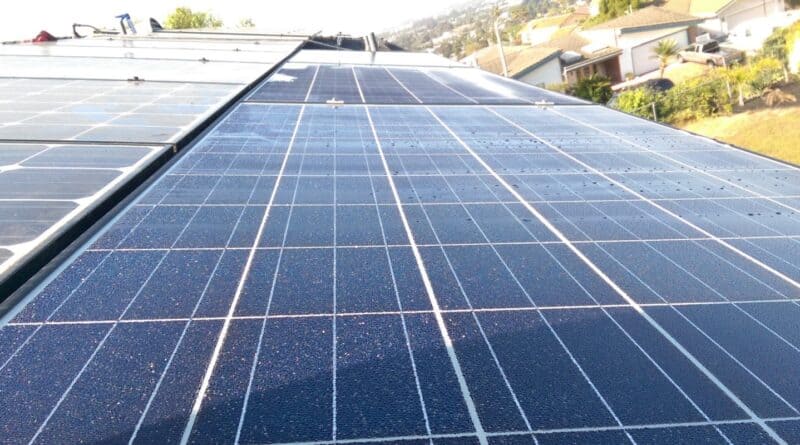For the second year in a row, Sunrun is demonstrating how uniquely capable, reliable and readily available its solar-plus-storage systems are as an essential grid solution. In the summer of 2023, Sunrun’s Peak Power Rewards program supplied Pacific Gas and Electric Company (PG&E) up to 32 megawatts of power during evening peak hours from 8,500 customers’ batteries. This summer, Sunrun is expected to roughly double that capacity and participant number for the statewide Demand Side Grid Support program.
“We are on the forefront of a customer-led revolution to a cleaner, more affordable clean energy future. When presented with the opportunity to help, Sunrun’s customers always step up to be part of the solution,” said Sunrun CEO Mary Powell. “By sharing their clean solar power, they are making California’s grid more resilient for everyone. Sunrun’s CalReady is far and away the largest virtual power plant in the country and serves as a model for what the electric grid of the future should look like.”
Designed and administered by the California Energy Commission, the Demand Side Grid Support program is part of California’s Strategic Reliability Reserve which aims to boost energy supplies during heat waves, wildfires and other extreme events. As the tens of thousands of enrolled batteries from aggregators stabilize the grid, the risk of rolling blackouts is reduced.
As the largest aggregator in the Demand Side Grid Support program, Sunrun will monitor and dispatch its customers’ enrolled batteries, making it a hassle-free experience. Sunrun customers enrolled in CalReady will be compensated for sharing their stored solar energy with the grid and Sunrun will be paid for dispatching the batteries.
“A Sunrun customer’s battery just got more rewarding in California,” Powell said. “A typical customer won’t even notice that they’re sharing their stored power to bolster the grid while getting compensated for doing so. As a storage-first company, we are all about stacking benefits to provide the most value to our customers, communities and grid partners.”
CalReady will be available to support California’s grid each day from 4 to 9 p.m. from May through October—the time of day and season when there is the greatest demand for energy and the grid is most vulnerable to outages. Sunrun customers’ batteries will still retain, at minimum, a backup reserve of 20% so that they can continue to power their homes in the event of a local power outage.
“The benefit of Sunrun’s fleet of many thousand batteries is that they can be orchestrated in unison. It’s the scale, speed and capacity that makes Sunrun’s virtual power plants so valuable,” said Chris Rauscher, Sunrun’s Head of Grid Services. “Just like how a centralized fossil fuel power plant is controlled and dispatched by a single entity, so too is Sunrun’s CalReady virtual power plant—making it a powerful contributor to California’s grid. Because CalReady is a distributed resource spread across households statewide, it’s more resilient and adaptable when compared to a physical power plant.”
During the five months of the program, the California Energy Commission could call upon Sunrun’s enrolled solar-plus-storage systems up to 35 times to supply supplemental energy to the grid and the communities that it supports. Enrollment in Sunrun’s CalReady is ongoing and, with customer outreach continuing, participation is expected to grow.

